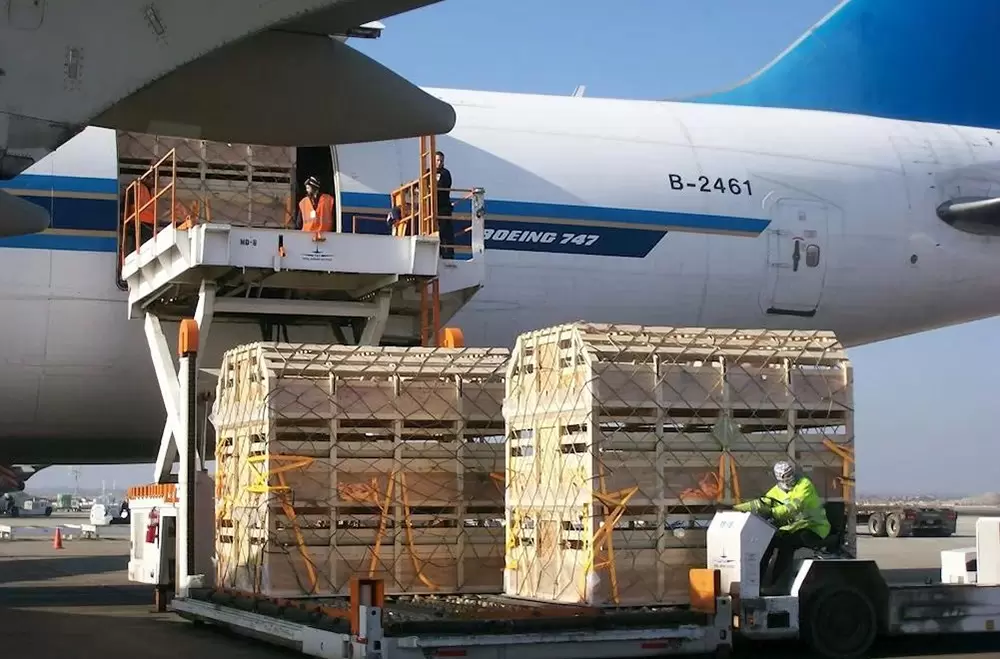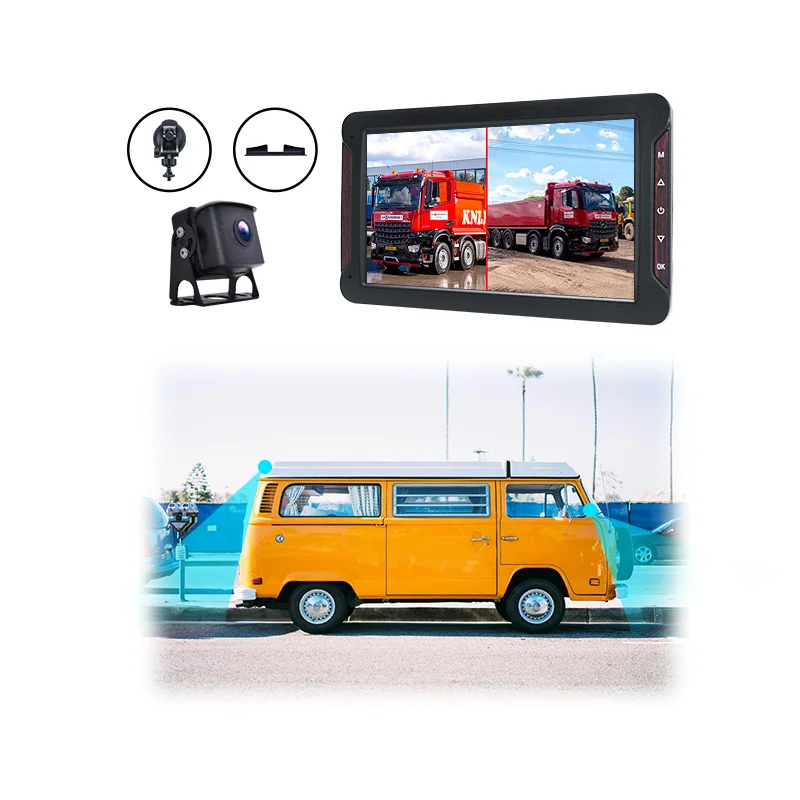Exploring the Basics: The Simplest Type of Transport and Its Impact on Modern Mobility
In the realm of transportation, the term simplest type of transport often evokes images of basic, uncomplicated methods of moving people and goods from one place to another. While the complexity of modern transportation systems can be overwhelming, understanding the simplest forms of transport provides valuable insights into the evolution of mobility and its implications for our daily lives. This article delves into the fundamental aspects of simple transport, its various forms, and its significance in today’s fast-paced world.
Defining Simple Transport
At its core, the simplest type of transport can be defined as any method of moving individuals or goods that requires minimal infrastructure, technology, or energy. This includes walking, cycling, and the use of basic vehicles such as carts or wheelbarrows. These methods are characterized by their accessibility, low cost, and minimal environmental impact, making them essential components of sustainable transportation systems.
Walking: The Most Fundamental Form of Transport
Walking is arguably the simplest and most natural form of transport. It requires no special equipment, infrastructure, or energy source beyond the human body itself. Walking not only serves as a means of transportation but also promotes physical health, mental well-being, and social interaction. Urban planners increasingly recognize the importance of walkable cities, which prioritize pedestrian pathways, green spaces, and public squares to enhance the quality of life for residents.
Cycling: A Sustainable Alternative
Cycling represents another straightforward yet effective mode of transport. Bicycles are relatively inexpensive, require minimal maintenance, and produce zero emissions. As cities grapple with traffic congestion and air pollution, cycling has emerged as a viable solution to these challenges. Many urban areas are investing in cycling infrastructure, such as dedicated bike lanes and bike-sharing programs, to encourage this eco-friendly mode of transport. Furthermore, cycling promotes physical fitness and can significantly reduce commuting times in densely populated areas.
Basic Vehicles: Carts and Wheelbarrows
While walking and cycling are often viewed as the simplest forms of transport, basic vehicles like carts and wheelbarrows also play a crucial role, particularly in agricultural and rural settings. These vehicles enable the efficient movement of goods, whether it be transporting produce from a farm to a market or moving materials within a construction site. Their simplicity and versatility make them indispensable tools in various industries, showcasing how basic transport methods can support economic activities.
The Role of Simple Transport in Modern Mobility
In an era dominated by advanced technology and complex transportation systems, the significance of simple transport methods should not be overlooked. These modes of transport are integral to creating sustainable urban environments and addressing pressing global challenges such as climate change and urbanization. By promoting walking and cycling, cities can reduce their carbon footprints, alleviate traffic congestion, and improve public health.
Moreover, simple transport methods are often more inclusive, providing mobility options for individuals who may not have access to cars or public transportation. This inclusivity fosters social equity and ensures that all community members can participate in economic and social activities.
Conclusion: Embracing Simplicity in Transport
In conclusion, the simplest type of transport—walking, cycling, and the use of basic vehicles—plays a vital role in shaping our mobility landscape. As we navigate the complexities of modern transportation, it is essential to recognize the value of these fundamental methods. By embracing simplicity, we can create more sustainable, accessible, and equitable transportation systems that benefit individuals and communities alike. As we move forward, let us not forget the power of simple transport in fostering a healthier planet and a more connected society.


